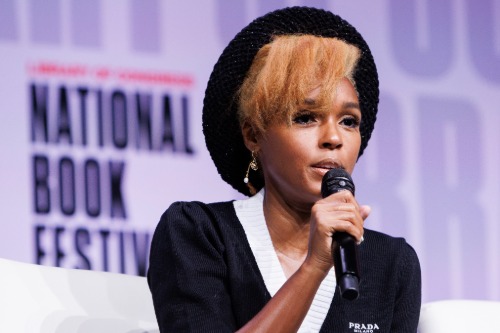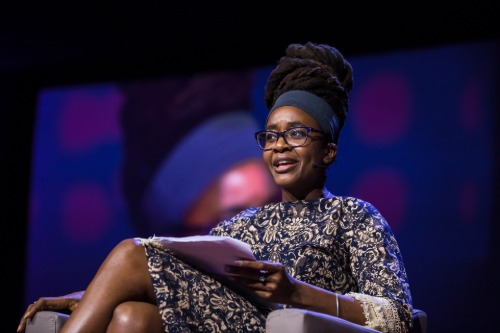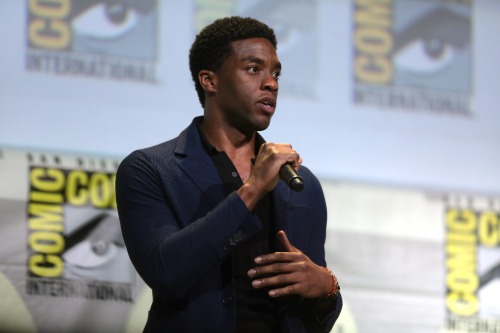Afrofuturism is no longer just a niche; it’s a movement. It’s a powerful and imaginative way to explore Black culture and identity through the lens of science fiction, technology, and futurism. It reshapes not just the stories told but also the stories we believe are possible. From the striking artwork of Black creatives to the films and literature that challenge old narratives, Afrofuturism is redefining what we see on screens, in books, and on stage—and, by extension, our collective cultural imagination. Let’s take a look at how this powerful vision is changing sci-fi and pop culture and why it matters now more than ever.
From the Roots of Afrofuturism to Its Modern Renaissance

Afrofuturism has deep roots that go back to the mid-20th century when writers and thinkers like Octavia E. Butler and Sun Ra started weaving stories that offered an alternative vision of Black life. The works of these early pioneers combined African diaspora traditions, speculative fiction, and critiques of the present. Octavia Butler’s Kindred and Parable of the Sower explored themes of survival, resilience, and the intersection of Black identity with systemic challenges. Sun Ra’s cosmic jazz in the 1950s and ‘60s challenged the status quo by channeling Black history into a new, otherworldly realm, where the future was not only possible but brighter.
Fast forward to today, and the term “Afrofuturism” has evolved from its academic roots to become a mainstream concept. This shift started gaining momentum in the late 1990s and early 2000s, with figures like Janelle Monáe leading the way with her music and conceptual albums. Monáe’s The ArchAndroid and The Electric Lady imagined a future where technology and social justice intertwine, creating a space for the Black voice to not only survive but thrive. The 2018 blockbuster Black Panther, directed by Ryan Coogler, was a cultural landmark that catapulted Afrofuturism into the global spotlight. Set in the fictional, technologically advanced African nation of Wakanda, it introduced the world to the idea that the future isn’t just white and male—it’s diverse, vibrant, and undeniably Black.
The Cultural Shift: Artists and Visionaries Breaking New Ground

If you’re a fan of sci-fi or pop culture, it’s impossible to ignore the influence of Afrofuturism. Black artists and creators are reimagining what the future could look like, infusing their work with stories that resonate with their lived experiences. Take Nnedi Okorafor, for example. Her novel Binti is an exploration of identity and belonging set in a universe where an African girl’s journey to the stars not only challenges space-faring norms but also incorporates the rich tapestry of African cultural traditions. Okorafor’s work has shown that speculative fiction doesn’t have to be grounded in Eurocentric myths or tropes—it can be entirely new, built upon the legacies of the Black diaspora.
Another powerful voice is that of Ta-Nehisi Coates, whose Black Panther comics took the narrative further, exploring the politics of power, identity, and heritage within Wakanda. The comic’s stories, paired with artist Brian Stelfreeze’s lush, symbolic illustrations, reminded readers that comic books don’t have to adhere to tired stereotypes. Instead, they can reflect a complex, multifaceted Black experience that challenges readers to think beyond conventional boundaries.
Music, too, has seen its share of Afrofuturist influence. Artists like Flying Lotus and Thundercat infuse their experimental electronic and jazz music with elements of science fiction and speculative thought. Their work doesn’t just entertain; it envisions a world where Black culture and technological innovation go hand in hand. And when you add a visual aesthetic informed by Black culture—think futuristic fashion, Afrocentric headdresses, and bold colors—the result is a media landscape that feels as exciting as it is empowering.
Why This Matters: Afrofuturism’s Social and Cultural Relevance

It’s easy to see why Afrofuturism is more than just a genre. In a world where the stories we see on screen and read in books shape public perception and self-perception, Afrofuturism provides an essential alternative. For Black audiences, it’s a much-needed reaffirmation that we have a place in the future, not just as marginalized people, but as leaders, visionaries, and pioneers. For non-Black audiences, it’s a chance to expand their own horizons and move past the stereotypes that have long dominated media.
The rise of Afrofuturism is timely as the world wrestles with questions of inequality, climate change, and the future of technology. It tells us that the future isn’t a given; it’s something we create. This message is at the core of why Afrofuturism is not just an artistic movement, but a call to action. It challenges everyone—artists, scientists, and social thinkers—to imagine a world where the boundaries of race and identity no longer limit possibility.
In Black Panther, T’Challa’s rise to leadership and the idea of Wakanda as a thriving, secret African nation became a metaphor for what the future can hold when Black communities are empowered to shape their own stories. The success of the movie proved that audiences are ready for these types of narratives. It sparked a wave of new interest in Afrofuturist works across all mediums. The world became more aware that stories about Black people, rooted in culture and history, can thrive not just in art but in real-world discussions on social justice and progress.
And the ripple effect continues. Shows like Star Trek: Discovery and Watchmen (created by Damon Lindelof) have pushed boundaries by centering Black characters and their stories. With actors like Sonequa Martin-Green and Regina King bringing powerful performances to the screen, the storytelling challenges viewers to confront their assumptions about race, technology, and human potential. And while it’s not perfect—no cultural movement ever is—the growth of Afrofuturism is proof that the future is indeed ours to envision and claim.
Afrofuturism is rewriting the rulebook and offering a hopeful, diverse alternative to mainstream narratives. It’s a testament to the resilience, creativity, and ingenuity of Black artists who understand that imagining a better future is as much a revolutionary act as building it.
